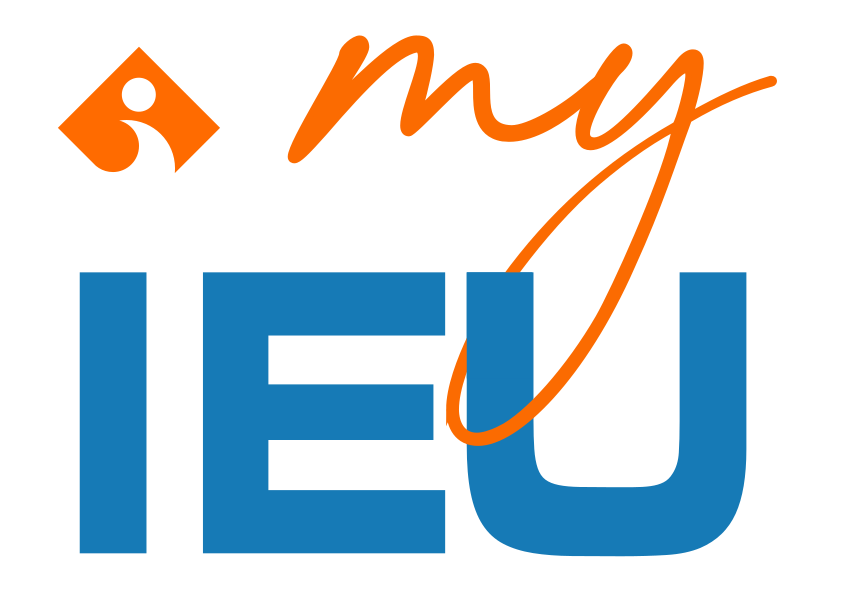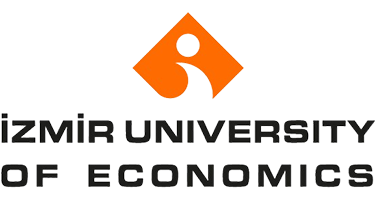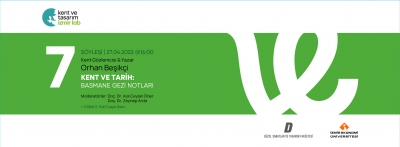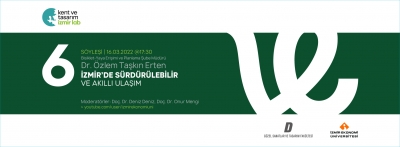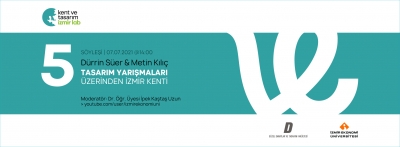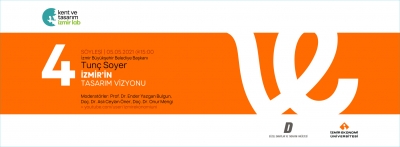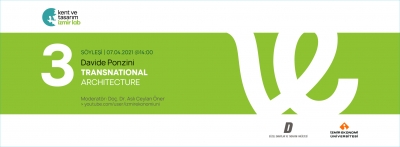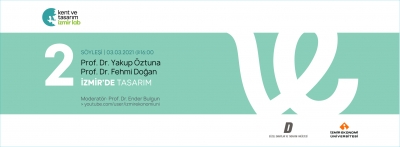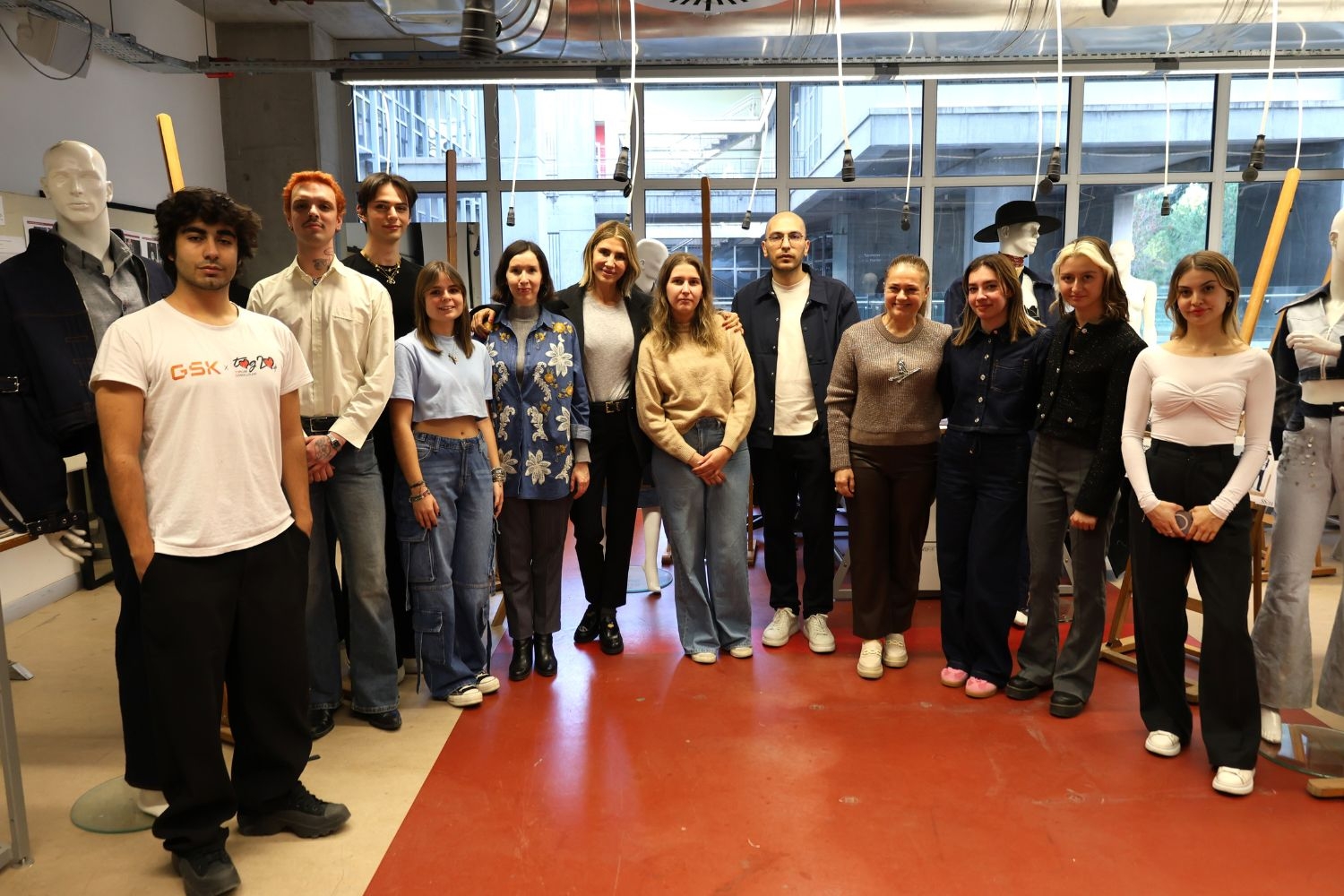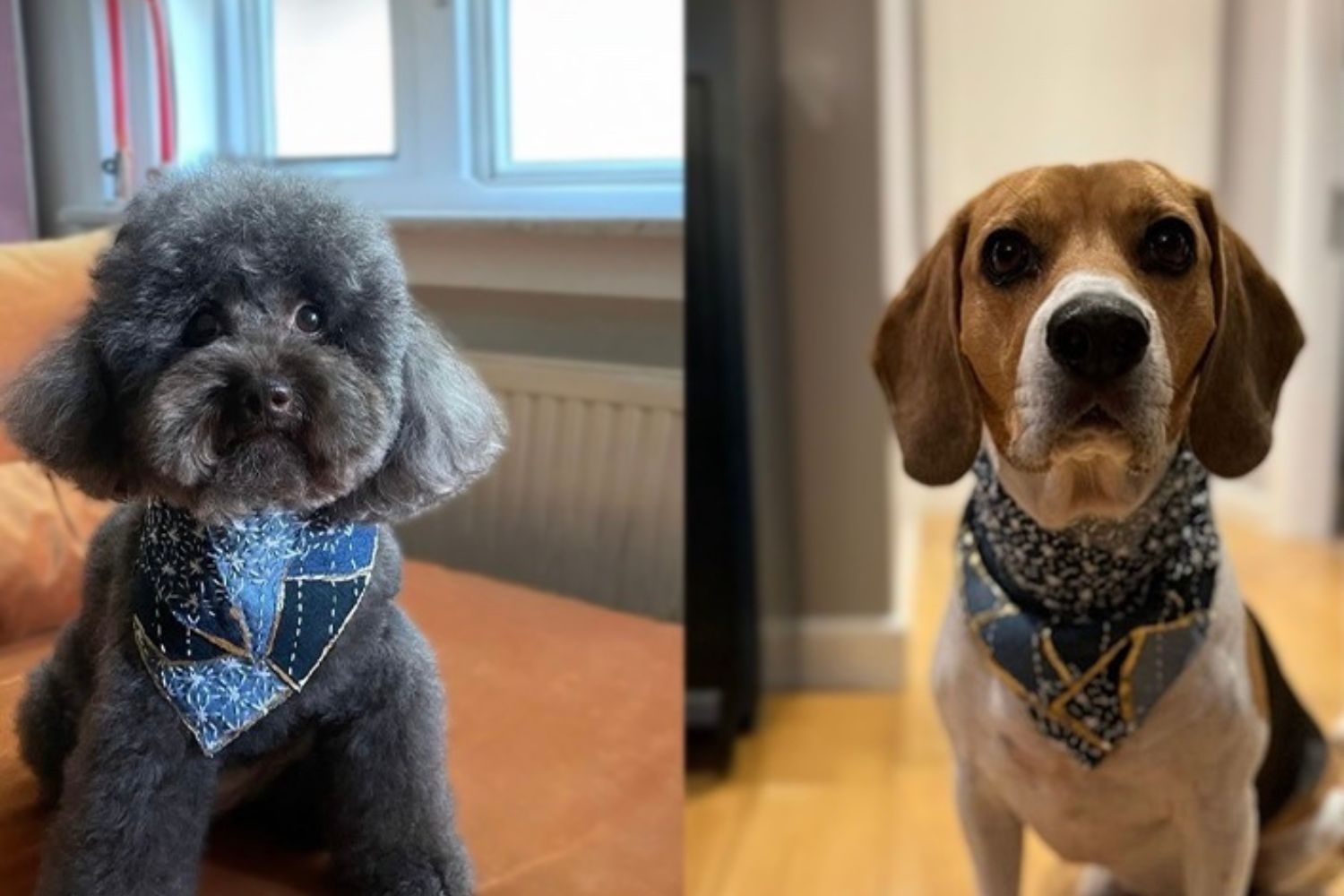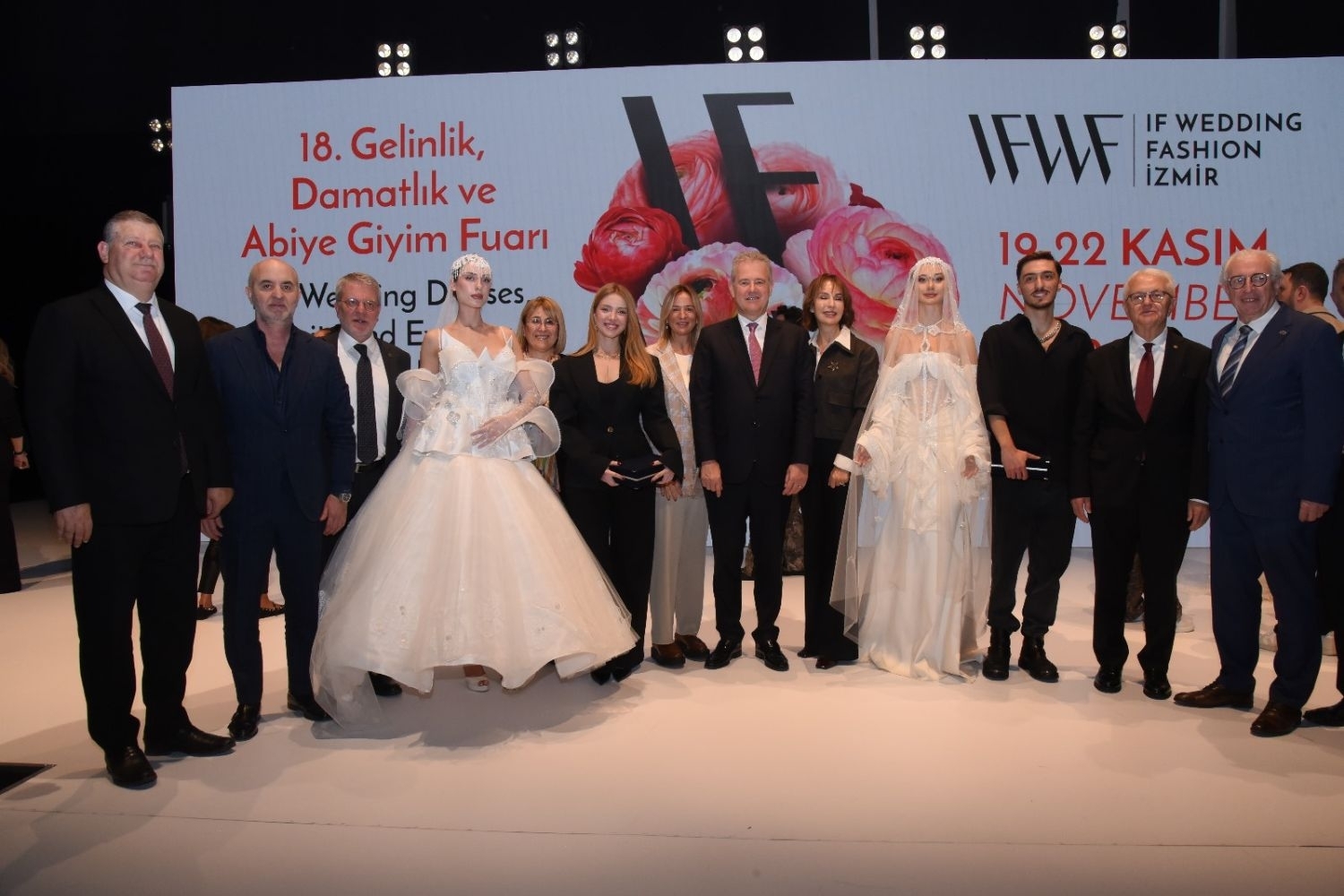FACULTY OF FINE ARTS AND DESIGN
Department of Textile and Fashion DesignGEHU 204 | Course Introduction and Application Information
| Course Name |
Fundamentals of Philosophy
|
|
Code
|
Semester
|
Theory
(hour/week) |
Application/Lab
(hour/week) |
Local Credits
|
ECTS
|
|
GEHU 204
|
Fall/Spring
|
3
|
0
|
3
|
6
|
| Prerequisites |
None
|
|||||
| Course Language |
English
|
|||||
| Course Type |
Service Course
|
|||||
| Course Level |
First Cycle
|
|||||
| Mode of Delivery | - | |||||
| Teaching Methods and Techniques of the Course | - | |||||
| National Occupation Classification | - | |||||
| Course Coordinator | ||||||
| Course Lecturer(s) | ||||||
| Assistant(s) | - | |||||
| Course Objectives | To provide an introduction to the fundamental concepts and argumentative strategies of philosophy through an investigation of the question “What is a rational animal?” in relation to logic, epistemology, ethics, and political philosophy. |
| Learning Outcomes |
The students who succeeded in this course;
|
| Course Description | |
| Related Sustainable Development Goals |
|
|
Core Courses | |
| Major Area Courses | ||
| Supportive Courses | ||
| Media and Management Skills Courses | ||
| Transferable Skill Courses |
WEEKLY SUBJECTS AND RELATED PREPARATION STUDIES
| Week | Subjects | Related Preparation |
| 1 | Presentation and overview of the course; discussion of how to begin philosophy by acknowledging that we have already begun. | Overview and discussion of a number of dilemmas and paradoxes. |
| 2 | Plato | Apology |
| 3 | What is an argument? The concepts of validity, truth and soundness. Types of justification; types of refutation: by parallel reasoning, counter-examples, reductio ad absurdum. | R. Fogelin, Understanding Arguments, pp 45-53 and pp. 405-433. |
| 4 | Fallacies of vacuity: circular reasoning, question-begging; fallacies of relevance: ad hominem, straw man, false cause, appeals to authority | Fogelin, pp. 477-405 |
| 5 | The Chinese Room Argument: Can Computers think? Discussion of artificial intelligence. | Turing, A., 1948, ‘Intelligent Machinery: A Report’, London: National Physical Laboratory; Searle, J., 1980, ‘Minds, Brains and Programs’, Behavioral and Brain Sciences, 3: 417–57 |
| 6 | MIDTERM | |
| 7 | Introduction to epistemology | Descartes, Meditations on First Philosophy, Meditation 1 and 2 |
| 8 | Skepticism, sources of knowledge, methodic doubt, certainty as epistemic criterion, the cogito as first principle and model of | Descartes, Meditations 2 (contn’d) and 3 |
| 9 | Philosophy and science: the thinking subject as embodied being subject to the laws of nature. FIRST PAPER DUE | Janet Richards, Human Nature After Darwin, pp. 4-25 FIRST PAPER DUE |
| 10 | Evolutionary biology as philosophical challenge and answer to the question “What is a rational animal?” | Richards, pp. 25-51 |
| 11 | Determinism, freedom of the will, morality as a scientific problem and science as a moral problem | Richards, pp. 126-154 |
| 12 | Consequentialism (Utilitarianism) and Deontology: arguments and criticisms | Kant, pp. 274-281; Bennett, pp. 294-306; Bentham, pp. 306-312; Williams pp. 339-345; M. L. K. Jr., Letter from Birmingham Jail. |
| 13 | Moral Psychology and Perspectivism. | Nietzsche, On the Genealogy of Morals, essays I and II. |
| 14 | The responsibilities and the problems of rational thought; the rational animal and the polis. | Aristotle, Politics, Bk. 1 1986-2000; Locke, 249-253; Bentham and Mill, 270-274 Levi, If This is a Man. |
| 15 | Week 14 cont’d. SECOND PAPER DUE. | Levi, Contn’d. |
| 16 | Final |
| Course Notes/Textbooks | |
| Suggested Readings/Materials |
EVALUATION SYSTEM
| Semester Activities | Number | Weigthing |
| Participation | ||
| Laboratory / Application | ||
| Field Work | ||
| Quizzes / Studio Critiques |
1
|
35
|
| Portfolio | ||
| Homework / Assignments |
1
|
30
|
| Presentation / Jury | ||
| Project | ||
| Seminar / Workshop | ||
| Oral Exams | ||
| Midterm |
1
|
35
|
| Final Exam | ||
| Total |
| Weighting of Semester Activities on the Final Grade |
3
|
100
|
| Weighting of End-of-Semester Activities on the Final Grade | ||
| Total |
ECTS / WORKLOAD TABLE
| Semester Activities | Number | Duration (Hours) | Workload |
|---|---|---|---|
| Theoretical Course Hours (Including exam week: 16 x total hours) |
16
|
3
|
48
|
| Laboratory / Application Hours (Including exam week: '.16.' x total hours) |
16
|
0
|
|
| Study Hours Out of Class |
16
|
3
|
48
|
| Field Work |
0
|
||
| Quizzes / Studio Critiques |
1
|
0
|
|
| Portfolio |
0
|
||
| Homework / Assignments |
1
|
0
|
|
| Presentation / Jury |
0
|
||
| Project |
0
|
||
| Seminar / Workshop |
0
|
||
| Oral Exam |
0
|
||
| Midterms |
1
|
20
|
20
|
| Final Exam |
22
|
0
|
|
| Total |
116
|
COURSE LEARNING OUTCOMES AND PROGRAM QUALIFICATIONS RELATIONSHIP
|
#
|
Program Competencies/Outcomes |
* Contribution Level
|
|||||
|
1
|
2
|
3
|
4
|
5
|
|||
| 1 |
To be able to develop and design a collection independently. |
-
|
-
|
-
|
-
|
-
|
|
| 2 |
To be able to do maintain a design research individually or as a team. |
-
|
-
|
-
|
-
|
-
|
|
| 3 |
To be able to develop entrepreneurship- and managerial skills for a future professional practice. |
-
|
-
|
-
|
-
|
-
|
|
| 4 |
To be able to understand, interpret and apply theoretical knowledge in fashion and textile design. |
-
|
-
|
-
|
-
|
-
|
|
| 5 |
To be able to analyze and integrate the particular local and regional needs and of their profession. |
-
|
-
|
-
|
-
|
-
|
|
| 6 |
To be able to obtain a multidisciplinary point of view, follow and analyze the new issues, changes and trends in contemporary design and art in such a way that they can be integrated into design practice. |
-
|
-
|
-
|
-
|
-
|
|
| 7 |
To be able to apply industrial requirements, knowledge of material & usage and know-how knowledge in the creation of high quality fashion products. |
-
|
-
|
-
|
-
|
-
|
|
| 8 |
To be able to use digital information and communication technologies at a level that is adequate to the discipline of fashion and textile design. |
-
|
-
|
-
|
-
|
-
|
|
| 9 |
To be able to develop an ongoing analytical and professional approach to academic and design research. |
-
|
-
|
-
|
-
|
-
|
|
| 10 |
To be able to recognize the need and importance of a personal lifelong learning attitude towards their chosen area of interest. |
-
|
-
|
-
|
-
|
-
|
|
| 11 |
To be able to collect data in the areas of fashion and textile design and communicate with colleagues in a foreign language ("European Language Portfolio Global Scale", Level B1). |
-
|
-
|
-
|
-
|
-
|
|
| 12 |
To be able to speak a second foreign at a medium level of fluency efficiently. |
-
|
-
|
-
|
-
|
-
|
|
| 13 |
To be able to relate the knowledge accumulated throughout the human history to their field of expertise. |
-
|
-
|
-
|
-
|
-
|
|
*1 Lowest, 2 Low, 3 Average, 4 High, 5 Highest
NEWSALL NEWS
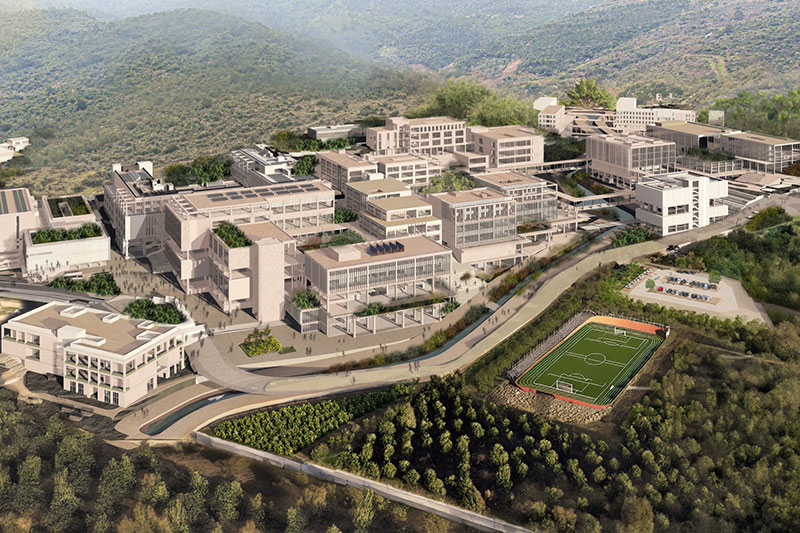
IZMIR UNIVERSITY OF ECONOMICS GÜZELBAHÇE CAMPUS
DetailsGLOBAL CAREER
As Izmir University of Economics transforms into a world-class university, it also raises successful young people with global competence.
More..CONTRIBUTION TO SCIENCE
Izmir University of Economics produces qualified knowledge and competent technologies.
More..VALUING PEOPLE
Izmir University of Economics sees producing social benefit as its reason for existence.
More..

